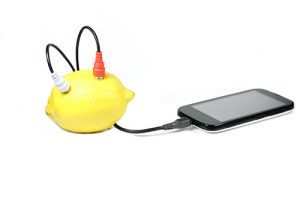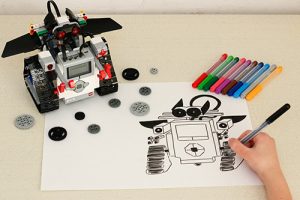 With the 2017 baseball season approaching the midway point, I have been reading about the decline of fan interest, ticket sales, and athlete recognition. An article from my local newspaper reported that not one baseball player is among the 100 most famous athletes in the world, based on endorsements, social media following, and internet search popularity; those spots are taken by soccer, tennis, football, basketball, and even a few golf stars. I wonder what technology could do, if anything, to pull baseball out of this popularity slump.
With the 2017 baseball season approaching the midway point, I have been reading about the decline of fan interest, ticket sales, and athlete recognition. An article from my local newspaper reported that not one baseball player is among the 100 most famous athletes in the world, based on endorsements, social media following, and internet search popularity; those spots are taken by soccer, tennis, football, basketball, and even a few golf stars. I wonder what technology could do, if anything, to pull baseball out of this popularity slump.
Sensors
Technology is showing up in some unusual places, including wooden baseball bats. Sensor manufacturer Zepp has teamed up with the Old Hickory bats to create a smart bat. A device is built into the knob of the bat that records data points like swing speed, angle and motion and shares that information via Bluetooth to a connected device. A visualization shows the swing and connects to previous data to compare that swing with others, which allows the player to correct any issues in order to reach maximum performance. These sensors are available for tennis rackets, golf clubs and softball bats. While smart bats are meant for improving player performance I wonder if the visualization can be shared with fans as well, perhaps on the Jumbotron, to give tech-savvy fans something to do between pitches.
Of course, technology is also used for tracking statistics on pitches. For stadiums equipped with TrackMan, fans in the stadium and at home can track live information on pitch velocity, spin and exit speed among various radar tracked data points. This is sophisticated technology but I wonder if data driven fans even need to go to the ballpark any more or can they sit at their computer and analyze every pitch and swing as it happens? Is it more important to see the action or analyze? I foresee the day when machine learning enters into baseball and a computer directs players on their next move based on historical and real time statistics. Hackers could have a field day with that interaction.
Stadium Technology
We can now track every player and every swing but that still does not get people in seats, which is a real problem in baseball today. To try to overcome that problem, stadiums are being built and retrofitted with wireless access points for between inning entertainment and high definition cameras and displays so you won’t miss any action, even if you don’t have the best seat in the house. Various baseball franchises have developed fan apps that allow you to watch instant replays and view statistics on your smartphone or tablet while in the stadium. Apps also allow you to order up snacks and have them delivered to your seat, for a premium. The stadium experience today is a combination of live action and device interaction. There are virtual reality applications in development that will allow you to get a bird’s-eye view of the action or zoom into one particular area of the field using cameras positioned around the stadium. Reality meets virtual reality.
<h4Thoughts
There are a number of new technologies introduced or in development designed to bring fans back to baseball, either in the stadium or watching at home or on a mobile device. Time will tell if they are successful but with the price tag of new stadiums, there is a lot at stake. Have you been to a live baseball game recently? How was your experience? Let me know your thoughts.
Kelly Brown is an IT professional and assistant professor of practice for the UO Applied Information Management Master’s Degree Program. He writes about IT and business topics that keep him up at night.










